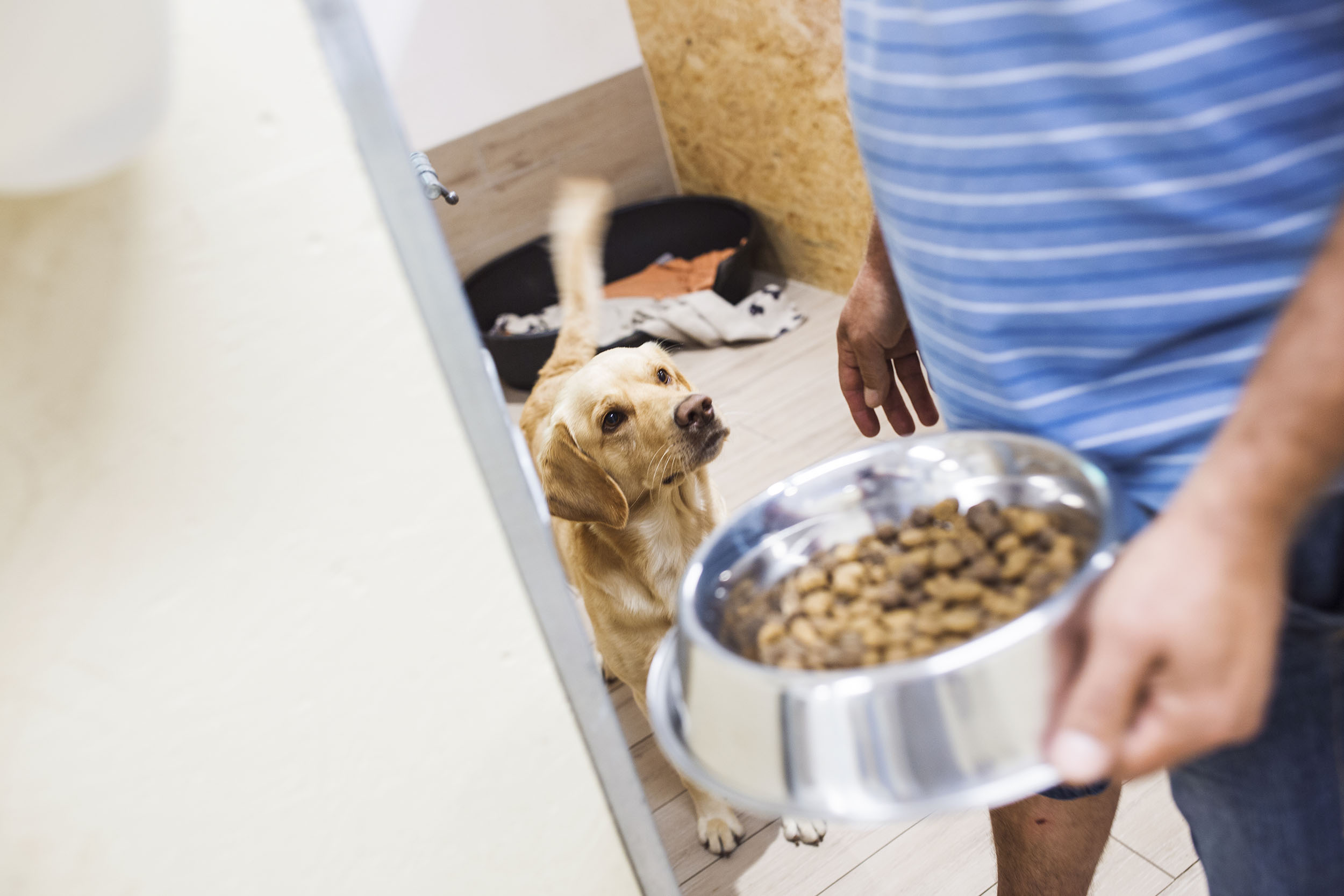Food allergies are difficult to identify unless one is well aware of the baseline information with regard to this type of allergy. The main symptoms of dog food allergies include facial itching, limb chewing, belly itching, recurrent ear infections, or skin infections.
Since dogs consume a lot of prepared food materials, including various kinds of proteins, fillers, coloring agents, and more, in commercial food materials, the incidences of food allergies are more than one can imagine. Allergic reactions mostly involve the skin or the gastrointestinal tract.
If you come across your dog itching after providing specific food materials, then suspect a food allergy in this animal. However, conditions like fungal infections need to be ruled out in general before the conclusion of itching as a sign of food allergy.
There are many recorded incidences of allergies of dogs to corn or to wheat. However, food allergies vary from dog to dog. Read the labels clearly before feeding your dogs with pet food materials on such occasions. Too much-colored food materials may be avoided since they may cause allergies to your dog.
Food allergies are often linked to the hyperactive behavior noticed in dogs. Added colors, preservatives, and a high-fat diet might cause such food allergies in the dogs, and hence, one has to be careful in providing new kinds of diet to their dogs and closely monitor the dog for any signs of allergy.
There are many occasions that food allergies might be diagnosed in dogs, but the dog may have other problems like pancreatitis. To rule out food allergies, observe your dogs every time you feed them, look for reasons to link the signs of a dog with food given, specific signs encountered, differential diagnosis, etc., are the important features to be emphasized.
Food allergies are challenging conditions to identify, requiring a comprehensive understanding of the underlying information related to these types of allergies. In dogs, the primary symptoms of food allergies manifest as facial itching, limb chewing, belly itching, recurrent ear infections, or skin infections. Due to the consumption of various prepared food materials, such as proteins, fillers, and coloring agents, in commercial dog food, the incidence of food allergies is alarmingly high. Allergic reactions primarily affect the skin or gastrointestinal tract of dogs.
If you notice your dog experiencing itchiness after consuming specific food items, it is crucial to suspect a food allergy. However, it is important to rule out other conditions like fungal infections before attributing itching solely to a food allergy.
Many cases have been documented where dogs are allergic to corn or wheat. Nevertheless, food allergies differ from dog to dog, underscoring the necessity of carefully reading labels before feeding your pet.
It is advisable to avoid excessively colored food materials as they can potentially trigger allergies in your dog. Food allergies are often associated with hyperactive behavior in dogs, and excessive intake of added colors, preservatives, and a high-fat diet can contribute to the development of such allergies.
Consequently, dog owners must exercise caution when introducing new diets and diligently monitor their dogs for any signs of allergic reactions. Although food allergies are frequently diagnosed in dogs, they can have other underlying issues, such as pancreatitis. To accurately determine the presence of food allergies, close observation of dogs during feeding, identification of potential associations between symptoms and food intake, differential diagnosis, and other critical factors must be emphasized.


